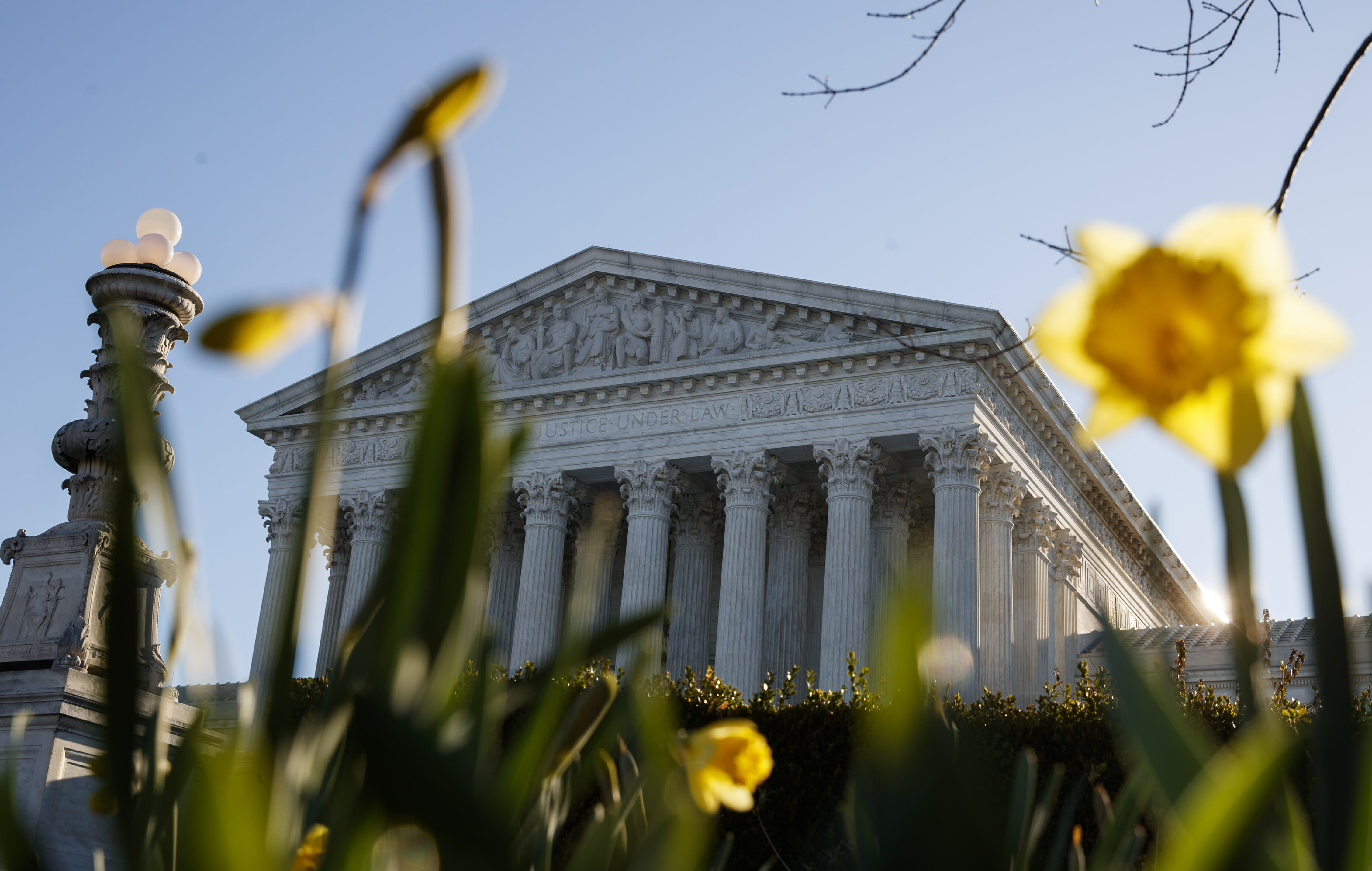
Alaska moose-hunter can 'rev up' his hovercraft, court rules
ANCHORAGE, Alaska (AP) — The National Park Service improperly banned an Alaska moose hunter from using a hovercraft on a river through a national preserve, the U.S. Supreme Court ruled Tuesday in a unanimous decision.
The court limited the National Park Service’s authority to enforce laws and regulations on state-owned rivers in Alaska. Justices rejected the agency’s argument that the river was “public land” for regulatory authority and that the agency’s water rights interest gave it rule-making authority.
The outcome was a victory for moose hunter John Sturgeon of Anchorage, who had sued and lost in lower court rulings.
“We reverse the decision below and wish Sturgeon good hunting,” Justice Elena Kagan said in reading a summary of the decision.
Sturgeon called it “a huge win for Alaska.”
“What it basically said is that the federal government doesn’t get the manage in-holdings including navigable waters in any of the conservation units in Alaska, and that’s huge,” he told The Associated Press.
Justices cited the Alaska National Interest Lands Conservation Act that in 1980 set aside 162,500 square miles (420,875 square kilometers) of land for preservation purposes. The law created 10 new national parks, preserves and monuments but said agency rules would not apply on state or private land within the conservation units that are not federally owned.
Sturgeon for 40 years hunted moose along the Nation River, a waterway within the Yukon-Charley Rivers National Preserve in northeast Alaska. In 2007, he was using a hovercraft, a loud, blower-powered amphibious vehicle that can navigate in shallow water or even mud.
The agency had banned hovercraft in other states. Three Park Service rangers told Sturgeon it was illegal to operate his hovercraft and he headed home.
Sturgeon sued in 2011. After lower courts rejected his arguments, the Supreme Court in 2016 said the 1980 law had carved out numerous Alaska-specific exceptions to the Park Service’s general authority over federally managed preserves, such as snowmobile and airplane travel between villages.
Justices sent the case back for reconsideration but the 9th Circuit Court of Appeals concluded the agency had regulatory authority over a river in a preserve. The Supreme Court justices rejected that conclusion.
The 1980 law creating new parks and reserves surrounded more than 28,125 square miles (72,844 square kilometers) of state, Alaska Native and private land, Kagan wrote. The National Park Service, the court said, has broad authority to administer lands and waterways within parks across the country. However, Congress in the Alaska law added a provision that only “public” land — the federally owned land and waters — would be subject to the federal regulations, Kagan wrote.
The federal government’s reserved water right in the Nation River, she said, allows the National Park Service to protect it from depletion or diversion but not to target hovercraft.
“I was very happy that they kind of really understood Alaska. They recognized that the rivers in Alaska are very often our highways, like (Interstate) 5 that goes through California and Oregon and Washington, and the Yukon is kind of our equivalent of I-5,” Sturgeon said.
“Sturgeon can again rev up his hovercraft in search of moose,” Kagan wrote.
“I thought that was pretty cool,” Sturgeon said of Kagan’s humorous touches, adding they made the decision feel “real human.”
___
Associated Press writer Jessica Gresko contributed to this story from Washington, D.C.
The Western Journal has not reviewed this Associated Press story prior to publication. Therefore, it may contain editorial bias or may in some other way not meet our normal editorial standards. It is provided to our readers as a service from The Western Journal.
Truth and Accuracy
We are committed to truth and accuracy in all of our journalism. Read our editorial standards.
Advertise with The Western Journal and reach millions of highly engaged readers, while supporting our work. Advertise Today.












